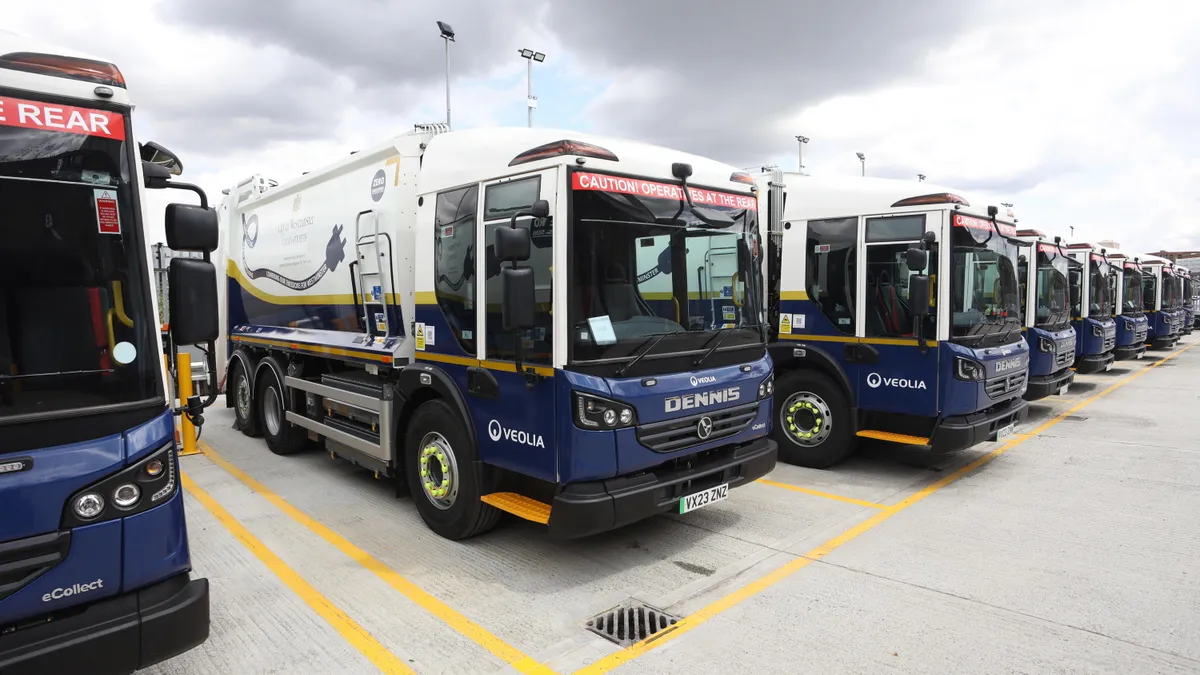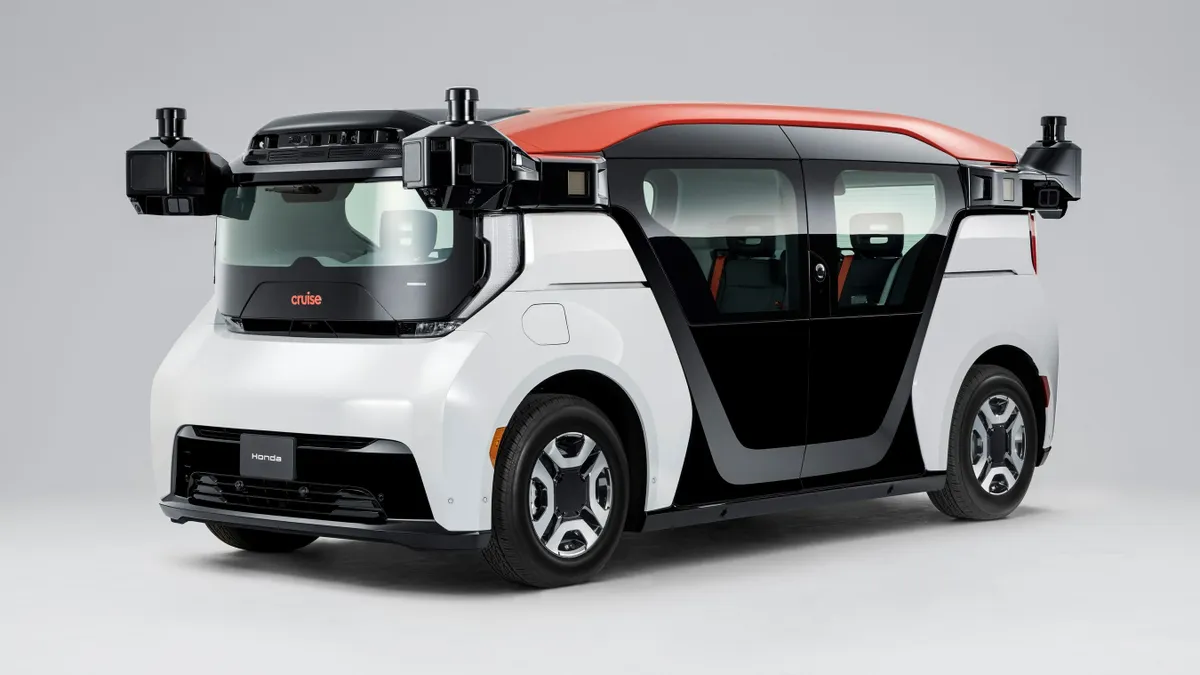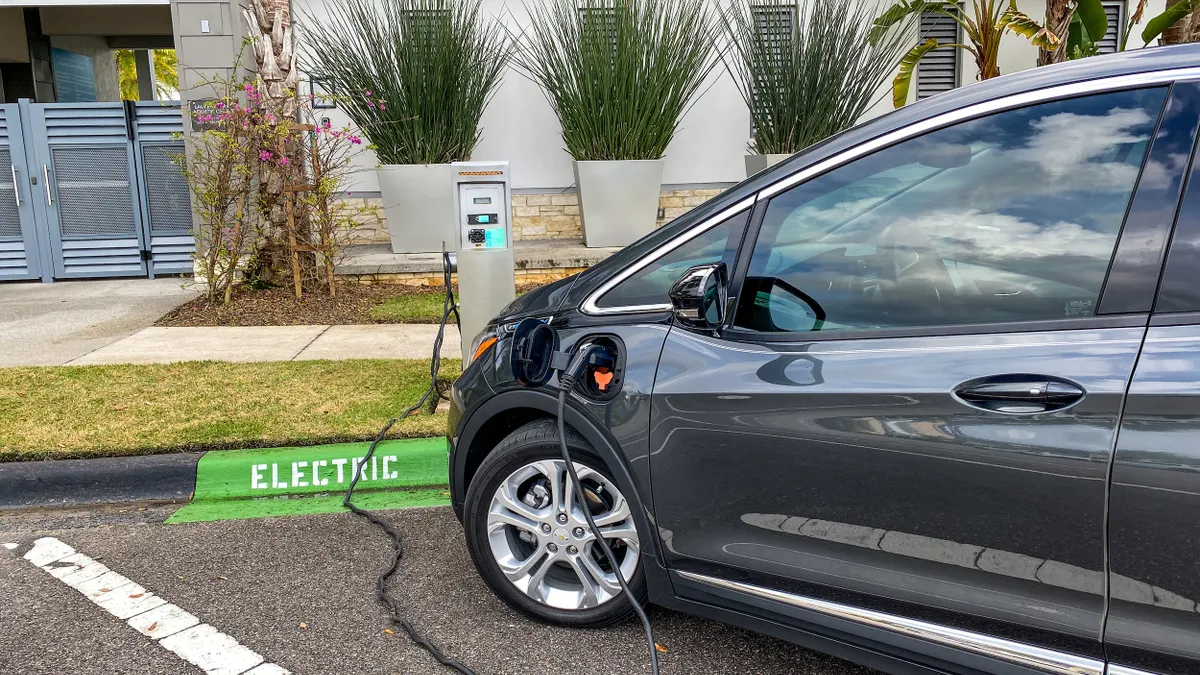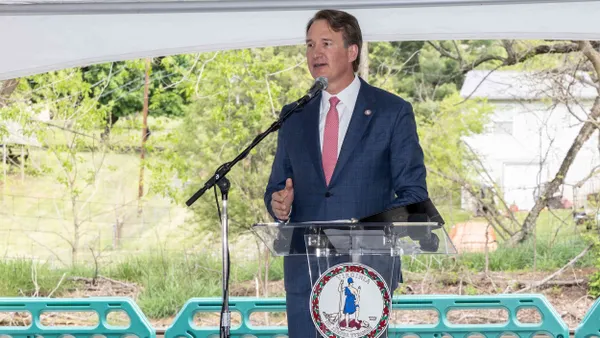An electric vehicle charging pilot by one of the world’s largest waste companies could chart a new course for the industry as operators look to electrify their fleets.
Electrification is increasingly seen as the future for waste vehicles, based on corporate pledges and requests from municipal customers, but costs and charging infrastructure are still evolving.
France-based Veolia recently completed what it described as the world's first trial of bidirectional charging for waste collection vehicles, which could have implications for fleets in other areas. According to Phillippe Queruau, electrification services manager for Veolia UK, waste collection fleets are uniquely situated to take advantage of vehicle to grid (V2G) charging technology.
Queruau said studies of the fully electric collection fleet that Veolia operates for London’s Westminster Borough, powered by one of the company’s waste-to-energy facilities, revealed some of the reasons. They run consistent predictable routes within a reasonable range of their home base, and when they return to the depot their batteries generally still hold 50% of their charge.
During the evenings, after completing their routes, the trucks sit quietly parked as he said most of London “puts the kettle on and the grid enters peak demand.” The UK's power grid offers tiered subsidies so Queruau said the excess energy stored in these idle batteries would have value if it could be drawn upon to provide electricity to offices, offsetting some of the expense of peak power prices.
After Veolia spent several years completing the conversion of its Westminster collection fleet to electric vehicles, some of the trucks were starting to near the end of their service life. Veolia selected two of these trucks for upgrades, refitting them to the newest Combined Charging System standards and equipping them for bidirectional charging.
The company entered these vehicles in a trial to assess the technology, which involved testing them on the road, charging and discharging the batteries, and sending power back into a building on site. The company reported delivering 110 kW of energy back to the grid.
Veolia worked with Magtech, an electric power train and systems manufacturer, to upgrade the vehicles. Andrew Sloan, engineering director for Magtech, said bidirectional charging has evolved in recent years. It's now used frequently in the UK for private vehicles and fleets of smaller vehicles, and is at the point where it doesn't take a revolution in technology to apply it for new uses.
According to Sloan, the key to scaling this further is about more than just technology. Applying two-way charging broadly for waste collection fleets will require nurturing new relationships and coordination between a constellation of dedicated partners. These potential partners include manufacturers of vehicles and charging systems, control software developers, electric service providers, and waste collection management and staff.
To prepare Veolia’s two vehicles for the test, Magtech upgraded their CCS 2 equipment, as well as the high voltage direct current wiring and batteries. The company also provided onboard software support for the vehicles and for the CCS controller, which enabled the V2G capability.
Turbo Power Systems supplied the off-board charger and developed the software to define the controls to export power from the vehicles. The system requires an off-vehicle charger that is capable of bidirectional operation to take that DC power and convert it to three-phase and put it back into the grid.
“The advantage to off-boarding DC is that it's really easy,” said Sloan, noting that the batteries are already discharging at a high rate when the vehicle is in operation. He described the task of extracting this current from the charging connector as “very simple from a hardware point of view.”
According to Sloan, CCS 2 enables faster charging. When accompanied by the appropriate software, this facilitates charge tracking and discharge cycles that can change due to grid demand and fluctuations in power prices. This capability was demonstrated during the study, with the collection vehicles providing electricity to the building where they were parked during their discharge cycles and successfully recharging during charging cycles.
EVs expand in the US waste industry
The U.S. waste industry hasn’t seen as much progress on bidirectional charging infrastructure, but manufacturers like Mack Trucks are making moves to scale up the use of electric collection vehicles. Customers such as New York City’s Department of Sanitation and WIN Waste Innovations are among the latest examples of fleet operators looking to replace diesel or natural gas-powered vehicles with electric alternatives.
Scott Barraclough, senior product manager for e-mobility at Mack, said DSNY saw this as “a way to reduce the carbon footprint of the department,” while noting other benefits. “Fueling a truck with electricity rather than diesel or natural gas can provide a cost savings.”
Aside from their zero-emission profile, Barraclough said Mack's LR Electric trucks are functionally identical to its widely deployed LR Diesel and natural gas models. He said they can be “a good match for many routes,” but also require upfront work.
“You can't just take a diesel truck off of a route and put an electric vehicle in its place. We need to work with the customers to examine the route to make sure electric is a good fit for that route. Range is a concern, along with charging infrastructure,” he said. “Building the truck might be the easy part, the charging infrastructure is equally important because a truck with no charger is a down truck.”
Additional considerations include training drivers on how to use regenerative braking, which can extend a vehicle’s battery range.
Customers may also need to work with their utility company to prepare. Mack has options to support haulers who want to make the electric shift, including service, parts, financing and facilitating charging infrastructure. Barraclough also recognized that cost can be a factor and noted the availability of grants and “incentive money out there for municipalities,” some of which “can make the move to electric fairly comparable to diesel.”
WIN Waste is another company experimenting with the switch to electric at one of its facilities in Massachusetts. In an ongoing pilot study, launched in November, the company is charging two Mack LRs at a mass burn combustion facility in Saugus before they run their routes in Boston. Similar to what Veolia is doing in London, which the company describes as a “perfect circular loop,” the waste that WIN collects goes into its facility and creates electricity to charge the vehicles.”
Chief Operating Officer Marieke Curley said via email that this pilot offers a unique local opportunity while also fitting into the company’s goal of reducing greenhouse gas emissions and improving air quality. It was supported in part by state and federal grant funding.
“The Saugus facility’s proximity to the City of Boston helps to maximize the performance of the batteries while serving as many customers as possible. This renewable electricity generation allows us to create a circular economic model with our EV program,” she said.
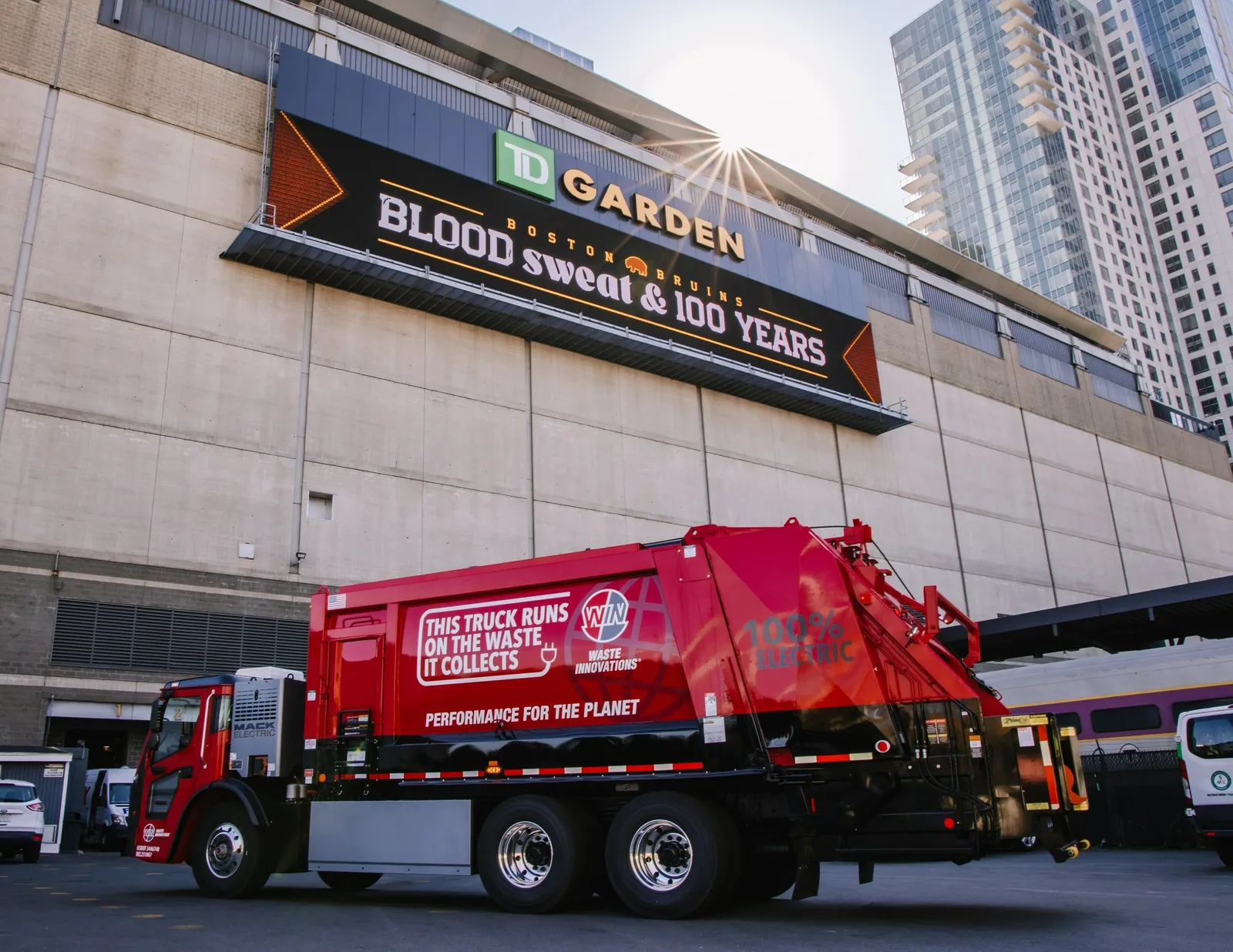
Looking ahead
As electric vehicles continue to become more common in the U.S. waste industry, with states such as California requiring them in the coming years, charging infrastructure and vehicle performance will be important areas to watch.
WIN said it’s still too early in the pilot project to fully evaluate the feasibility, but early results are promising.
“Perhaps the greatest milestone so far has been the excitement among our customers to offer a service that can so clearly advance their sustainability goals with no extra effort on their part,” said Curley.
Andrew Meintz, chief engineer for electric vehicle charging and grid integration at the National Renewable Energy Lab, said one of the challenges facing widespread adoption of V2G technology in the U.S. is getting everybody in the room to agree on standards for connection and communication.
Sloan believes these standards in communications and controller logic will eventually crystallize around the methods and products of market leaders. Both Magtech, Mack and others say they plan to continue focusing on this area as charging technology develops.
In waste collection, as standards develop and “the technology improves, the number of routes where it's appropriate to use electric vehicles will expand, until electric becomes the norm rather than the exception,” said Barraclough.
For Veolia, the next phase in its V2G trial will commence later this year. The company will test V2G-equipped trucks running actual collection routes and performing their customary duties. Queruau believes these trials will prove the economic model, demonstrate conclusively that bidirectional charging does not reduce the lifetime performance of the battery and help prove that “it can all be done without interfering in the core service of waste collection.”


